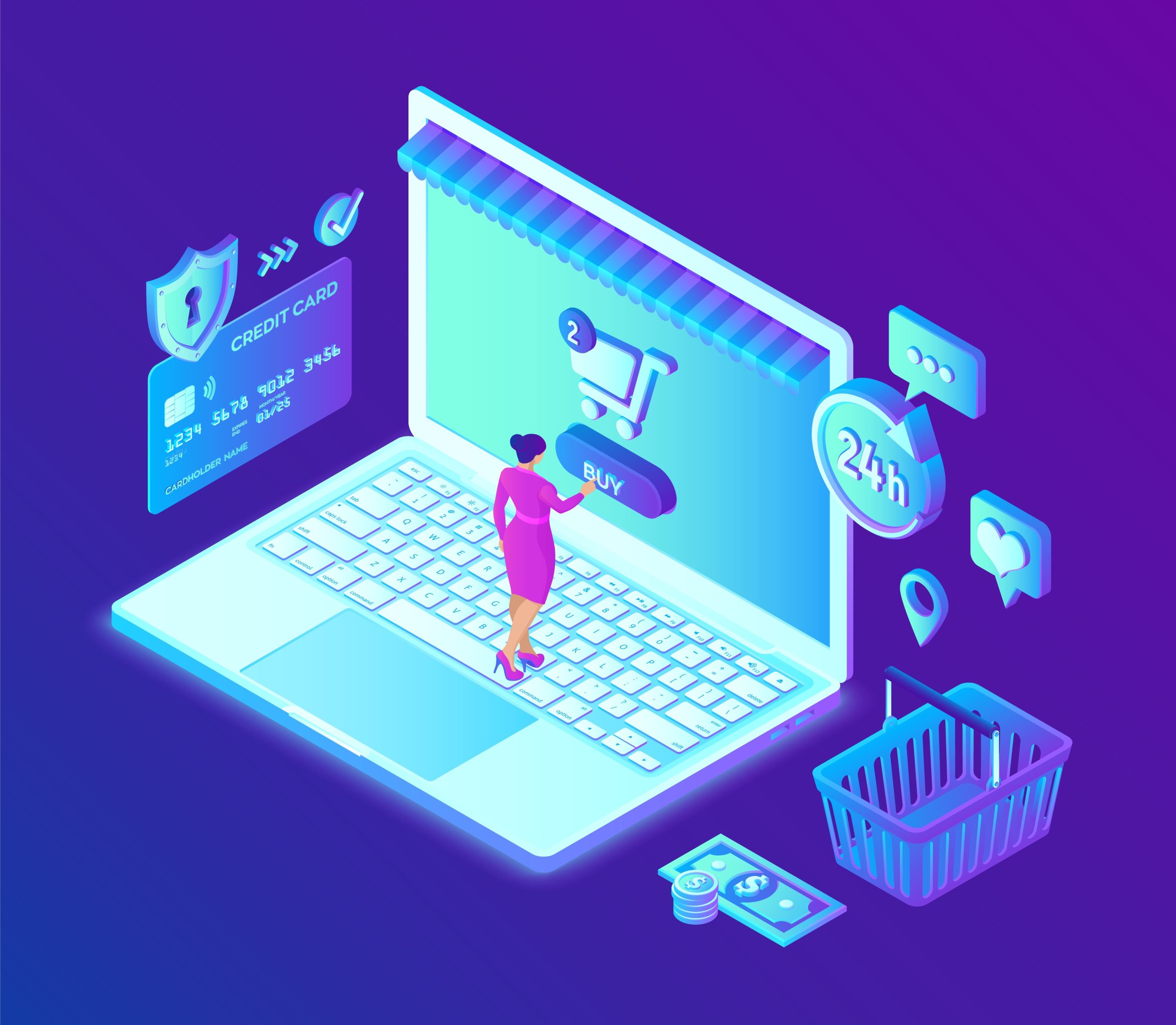The use of technology in online shopping has changed how businesses and customers interact, making things possible that were not before. However, it comes with challenges, and one big challenge is the need for Cybersecurity. This means protecting against different kinds of online threats like social engineering, denial of services, malware, and assaults on personal data.. Companies worldwide spend a lot of money dealing with ecommerce cyber security problems, and the challenge keeps growing. It’s tough because attackers are always looking for new ways to cause problems for people, companies, and technology, emphasising the importance of having strong defences in place.
Need of Cyber Security In E Commerce
- Cyber security is vital for protecting personal and financial information in online shopping.
- E-commerce sites store sensitive data, such as credit card details and addresses, making them attractive targets for hackers.
- Without proper security, cybercriminals may steal information, leading to identity theft and financial losses.
- Implementing strong cyber security measures is like having a virtual bodyguard for your online store.
- It ensures that customers can shop safely, trusting that their data is secure.
Importance of Cybersecurity in Ecommerce
Protection of Personal Data:
- Cybersecurity serves as a shield, safeguarding your sensitive information during online transactions. It shields against potential threats such as hacking, fraud, and theft.
Trust and Financial Security:
- In the virtual marketplace, customer trust is paramount. Robust cybersecurity not only maintains this trust but also ensures the financial well-being of both businesses and consumers.
Enhanced Online Safety:
- Addressing cybersecurity concerns directly contributes to a safer and more reliable online shopping experience. It fosters an environment where users can browse, shop, and transact with confidence.
The Top 10 Ecommerce Cybersecurity Challenges
1. Phishing Attacks
Cybercriminals use deceitful emails and messages to trick individuals. Always be cautious and verify sources to avoid falling victim to these scams. To protect yourself from this attack, always Double-check unexpected emails before clicking links.
2. Payment Fraud
Unscrupulous individuals may attempt unauthorised transactions. Secure payment gateways and vigilant monitoring help prevent and detect fraudulent activities. Regularly reviewing your bank statements for any unfamiliar transactions can save you from falling into the trap of payment fraud .
3. Data Breaches
Breaches expose customer data. Regular security audits and robust data protection are vital. Updating your passwords regularly and enabling two-factor authentication for added security can reduce the risk at some end.
4. DDoS Attacks
Denial-of-Service attacks disrupt online services. Implementing strong defences and DDoS mitigation strategies is essential for uninterrupted ecommerce operations. For that Choose ecommerce platforms with built-in DDoS protection.
5. Supply Chain Vulnerabilities
Weak links in the supply chain can be exploited. Strengthening the entire supply chain with security measures is crucial. To strengthen you need to Vet and secure all partners in your supply chain.
6. Weak Authentication and Authorization
Inadequate user authentication poses risks. Strengthening password policies where use strong, unique passwords and adopting multi-factor authentication enhance security.
7. Insider Threats
As an individual is surrounded by many insecurity in case of an employee, Internal personnel may pose risks. Regular training and implementing strict policies help detect and prevent insider threats.By Educating employees on cybersecurity can add on their skill set and will help to reduce the risk.
8. Insecure APIs
Insecure APIs can give fraudsters a quick entry point into your systems, allowing them to access sensitive data or interrupt your services. Regular security audits and adopting secure coding practices are essential. To avoid always ensuring APIs are regularly tested for vulnerabilities.
9. Lack of Regular Security Audits
Infrequent security audits create loopholes. Regular assessments help identify and address vulnerabilities before they can be exploited. By Scheduling regular cybersecurity audits for your ecommerce platform you can reduce these loopholes to some extent.
10. Compliance Challenges
Meeting industry compliance standards is essential. Ensuring adherence to regulations through continuous monitoring and updates helps mitigate compliance-related risks. Stay informed about industry regulations and update your practices accordingly can help you to overcome these challenges.
Best Practices for Ecommerce Cybersecurity
1. Implementing a Robust Cybersecurity Policy
Establish a clear set of rules and procedures to guide online security practices. Regularly educate employees and users about potential threats and the importance of adherence.You should try to create and communicate a simple cybersecurity policy that everyone can easily follow.
2. Regular Employee Training and Awareness Programs
Conduct ongoing training sessions to keep employees informed about the latest cybersecurity threats. Emphasise the significance of recognizing and reporting potential risks promptly. Keep employees updated on cybersecurity through regular training sessions.
3. Utilising Advanced Cybersecurity Technologies
Invest in cutting-edge cybersecurity tools and technologies to fortify your ecommerce platform. This includes firewalls, antivirus software, and encryption tools. Regularly update and patch these technologies to stay ahead of emerging threats. To protect your online business effectively leverage the latest cybersecurity tools.
Conclusion
E-commerce, a busy online marketplace, faces cyber-security challenges like credit card fraud and data leaks. Keeping customers’ data safe is a crucial part of industrial cyber security to avoid losing money and harming your reputation. The ongoing battle between security measures and changing threats shows how cyber-defense is always changing. The growth of social commerce brings new challenges, like fake information and reviews. To make e-commerce safer in the future, it’s essential to use dependable technology, provide ongoing training for employees and customers, and have strong policies in place. In this always-changing landscape, a commitment to cybersecurity ensures a safer and more trustworthy online shopping experience for everyone.
